If you’re new here, you probably didn’t know this, but Spanglish Spoon wasn’t always called Spanglish Spoon. When I first started blogging, my whole theme was centered around making meals quicker and simpler by using common pantry items. For that reason, I named my blog The Pantry Dish. As my cooking skills evolved and I became more comfortable experimenting with, and combining Mexican and American ingredients, I decided to change it to Spanglish Spoon but still keep the recipes simple and convenient. In today’s post, I’ve partnered with Raley’s to share with you the convenient and nutritional benefits of cooking with canned food through the Cans Get You Cooking program.
From the moment I started filling my own pantry nearly twenty years ago, I knew from watching my mom shop that I always needed to make sure I had some kind of canned vegetable on hand.
When I became a mother, I added more canned fruit to our can reserves because I wanted to make sure I always had something soft for my babies to chew on when they had only a few teeth.
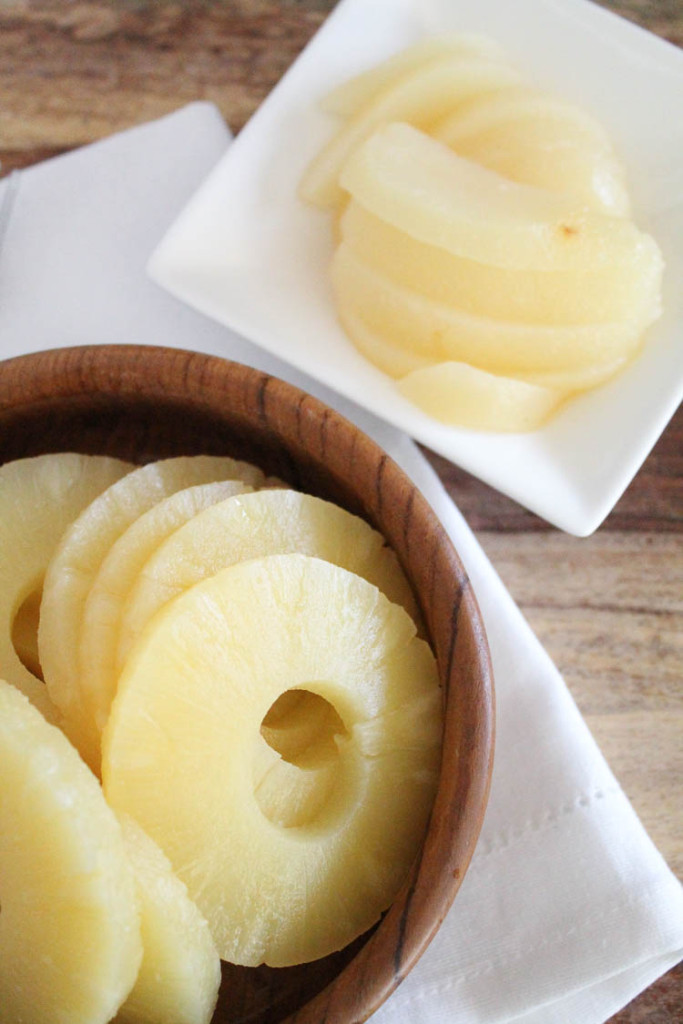 Now that they are grown and in the elementary school years, I still find myself reaching for canned vegetables, beans or fruits when I’m in a hurry and need to make a quick snack for them after school.
Now that they are grown and in the elementary school years, I still find myself reaching for canned vegetables, beans or fruits when I’m in a hurry and need to make a quick snack for them after school.
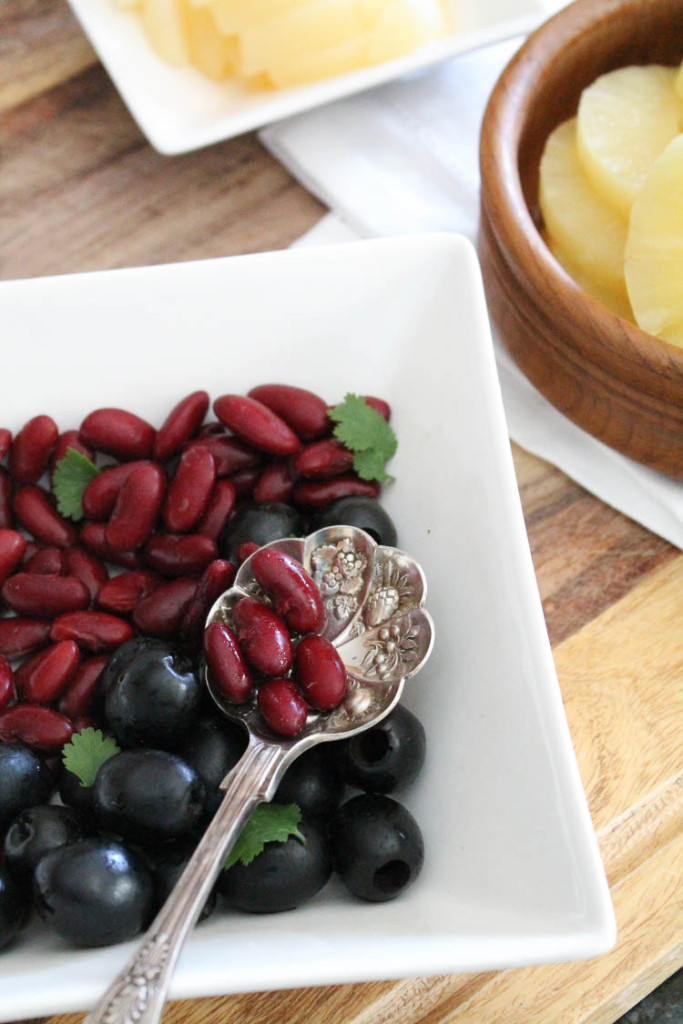 Cooking with cans has saved dinner time quite a few times. Like when money was so tight that we couldn’t go to the store to buy food even if we wanted to because my car was running on fumes and we had $10 in the bank to last us five days.
Cooking with cans has saved dinner time quite a few times. Like when money was so tight that we couldn’t go to the store to buy food even if we wanted to because my car was running on fumes and we had $10 in the bank to last us five days.
During the winter when prices for fresh produce go up, there I am again, stocking up on things like corn, peaches, pineapple and apricots, because it’s more cost effective and often contain the same nutrients as fresh ones since they are typically picked and canned at the peak of their season.
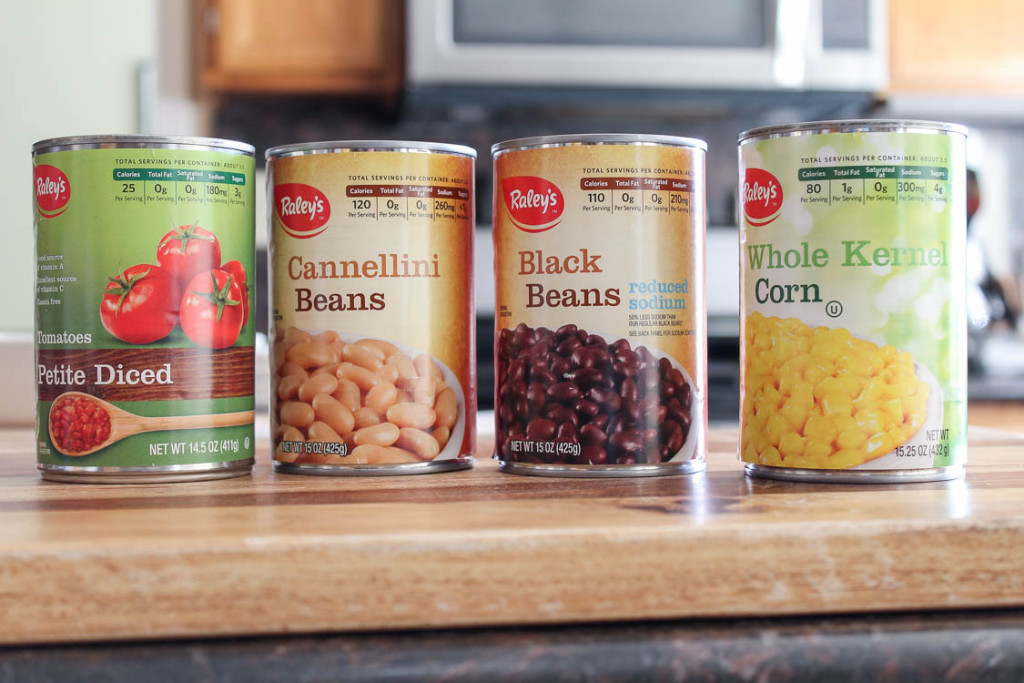 Because I believe that no pantry should ever be without a few basic canned items, I wanted to share a few fun facts about cans that you might not have known about before. I’ll also be sharing 10 ways to use canned fruits and vegetables, so keep reading!
Because I believe that no pantry should ever be without a few basic canned items, I wanted to share a few fun facts about cans that you might not have known about before. I’ll also be sharing 10 ways to use canned fruits and vegetables, so keep reading!
Cans were first created to preserve food for soldiers.
In 1795 the French government offered a prize of 12,000 francs to anyone who could invent a method of preserving food for its army and navy.
In 1809, Nicolas Appert, received the 12,000 franc prize from the French government for preserving food by sterilization.
August 25, 1810 King George III of England granted the first patent to Peter Durand for the idea of preserving food using tin cans, who then later introduced the tin-plated can in America in 1818.
Canning in America officially began in 1819 in New York City, but wasn’t patented until 1825 by Thomas Kensett, Sr.
Source: http://www.cancentral.com/can-stats/history-of-the-can
Cans Are Endlessly Recyclable
Did you know steel cans are 100% endlessly recyclable?! This was news to me when I began researching the benefits of canned food. As a matter of fact, according to CanCentral.com, 80%-90% of all steel ever produced is still in use today. That’s crazy, right?! So don’t throw those cans in the garbage. RECYCLE THEM!
Raley’s Offers BPA-Free Cans
Have you ever tried to find a can that is clearly marked as BPA-Free? I have, and it isn’t easy. Raley’s stamps their BPA-Free cans on the lid so it’s always easy to find.
You can save money on fruits and vegetables that are not in season.
One of the advantages of shopping at Raley’s for your canned fruits and vegetables is that they have a wide selection of high quality, USDA organic certified canned food for a great value. They also offer a Purely Made product line that is made with natural ingredients and without artificial colors and flavors.
Having those options is a such a relief to see when I’m shopping for food at Raley’s because I know that whatever I do choose, I know I’m getting a good value in terms of quality and price.
When I was introduced to the Cans Get You Cooking program, I started to wonder how much I would really save if I purchased an out-of-season vegetable that is canned as opposed to fresh, so I did a little experiment at home.
I bought a 4-pack of whole ears of sweet corn, and two 15.25oz cans of sweet corn. I shucked, cleaned, and boiled the fresh corn and cut off the kernels as close to the cob as possible so that I can weigh them off the cob, then put them in a bowl. Then I drained and rinsed the corn from the two cans and put that into another bowl that is identical to the first one.
The result was a difference of 1.7oz of corn, which isn’t much of a difference in my eyes, but when compared to the price for each, the difference was huge! The difference in price was $4.21. That means that if I bought just the two cans of corn, I would have saved $4.21. That’s more than a gallon of milk!
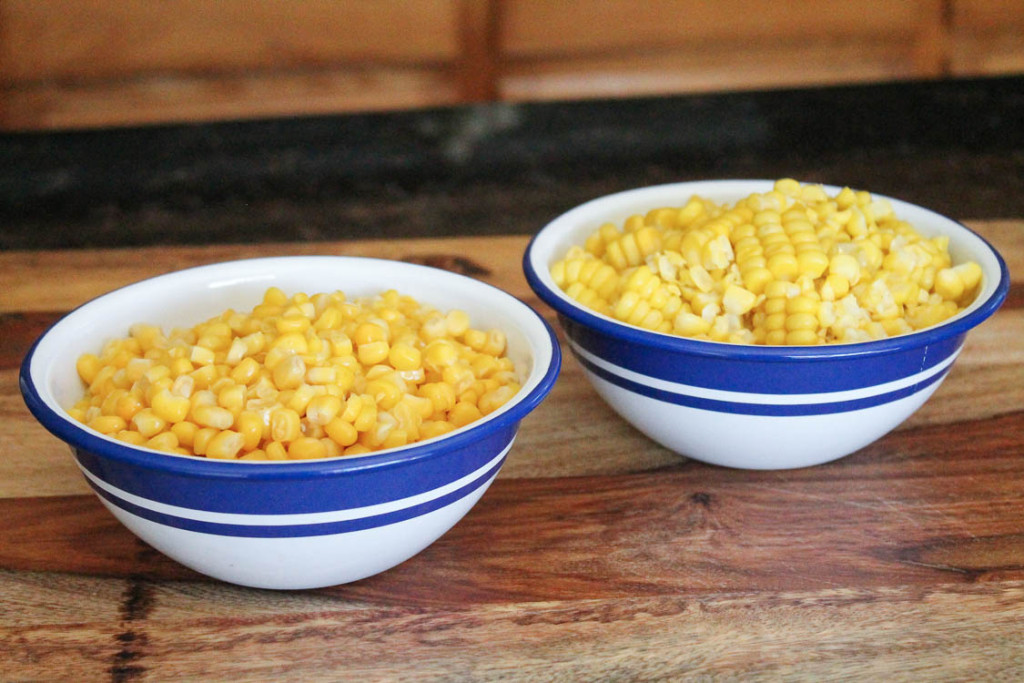 When I purchased them, the cans were on sale, but even if I were to buy those same cans today at regular price, I’d still be getting them at a great value! Even if I would have bought the organic cans, I still would have got them at a great value with the added bonus of eating organic corn.
When I purchased them, the cans were on sale, but even if I were to buy those same cans today at regular price, I’d still be getting them at a great value! Even if I would have bought the organic cans, I still would have got them at a great value with the added bonus of eating organic corn.
Oh, and let’s not forget how much time it will save to not have to shuck the corn. I sure do like those shortcuts.
Now for that list I promised…
10 ways to use canned fruits and vegetables
- A chili like this Game Day Green Chili will make you wish you had nachos to go with it.
- Make a Vegetarian Three Bean Chili in just 20 minutes. With canned beans you don’t have to stick to just one type of bean to make a chili. By having them already cooked, you don’t have to worry about having overcooked or undercooked beans in the mix. You can use two, three, or four types of beans!
- For a quick and healthy side or snack option you can make a simple black bean salad. Make it stretch by adding a can of drained corn.
- Homemade hummus dips are a breeze with canned roasted peppers and garbanzo beans. This video on How to Make Hummus From Scratch will help you get started.
- Add sliced, diced, or blended fruit to pancakes or cake batters. You can even blend them to replace water and reduce the amount of added sugar in a cake recipe like these 3-Ingredient Pumpkin Cupcakes.
- Drain, freeze, and blend canned pineapple or peaches to make ice cream treats like this Peach Granita.
- Planning a big party? Make this big batch of Cowboy Beans and you will have enough for your guests to take some home.
- Or bring a refreshing Jicama Corn Salsa to the party.
- Surprise (and maybe shock) your family by making Black Bean Brownies.
- For the pineapple lover, finish the day with a Pineapple Cobbler.
Click here for a list of canned fruits, vegetables and beans that are available at Raley’s.
As you can see, cooking with cans offers a convenient solution to save time, money, and add nutritional value to dishes that would otherwise be lacking in, especially when it comes to desserts! I’m still in shock at those black bean brownies.
Do you have a favorite recipe using canned fruit, vegetables, or beans? I’d love to read about it. Please feel free to share some of your ideas in the comments below.
This post is sponsored by Raley’s Supermarkets. All opinions are 100% my own as always.
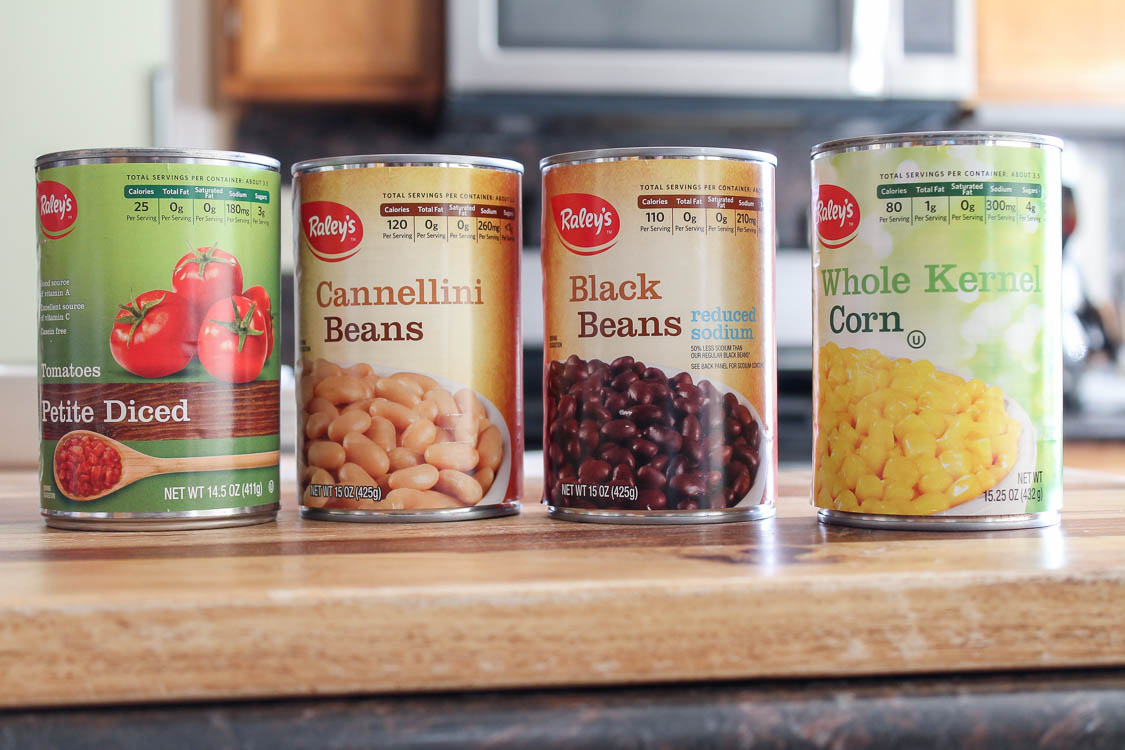
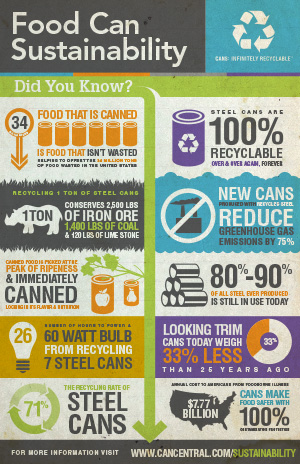
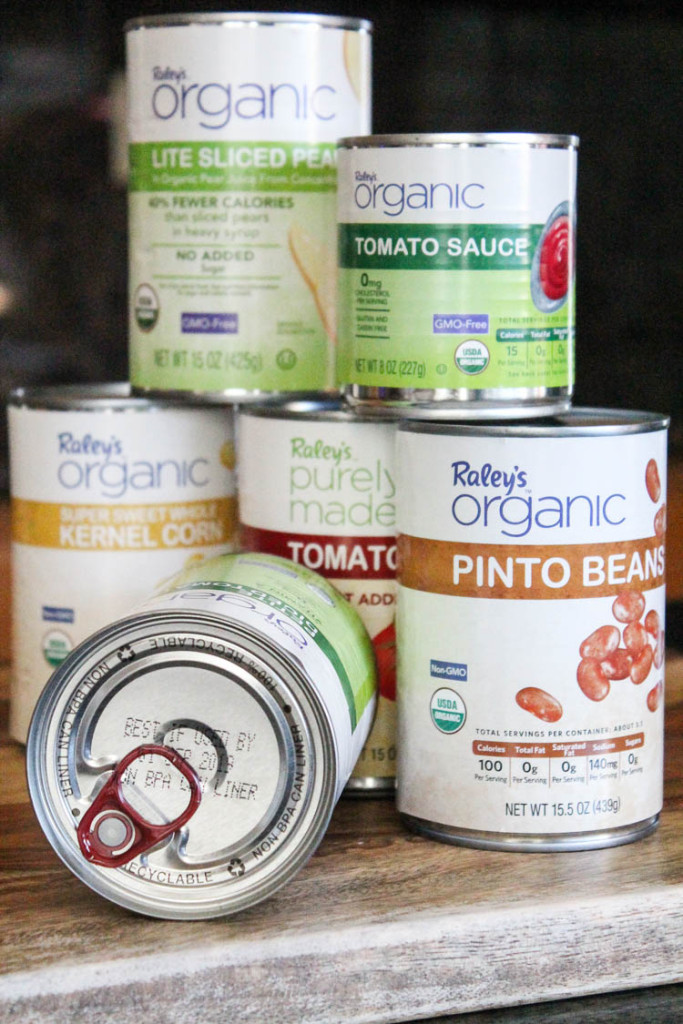
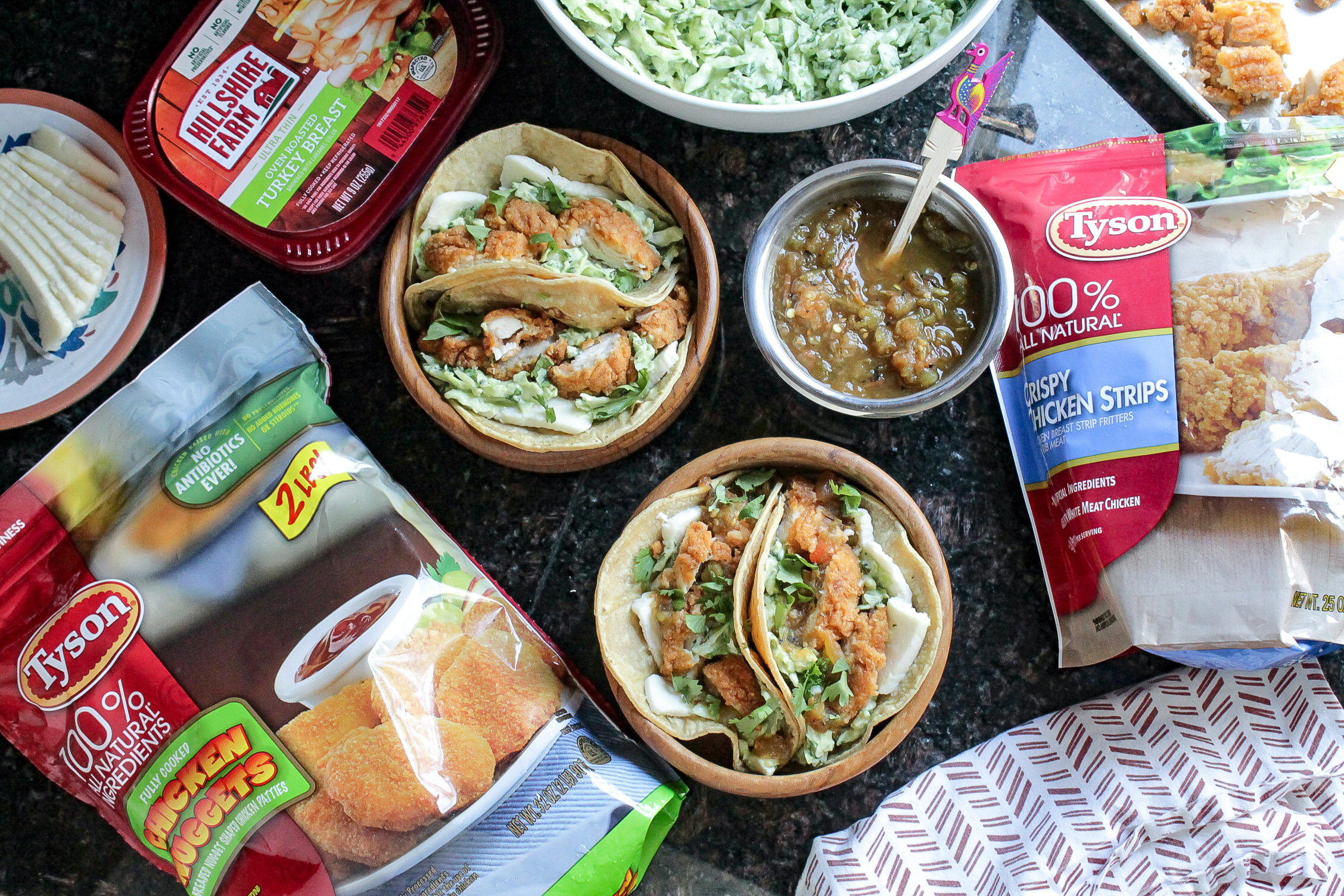
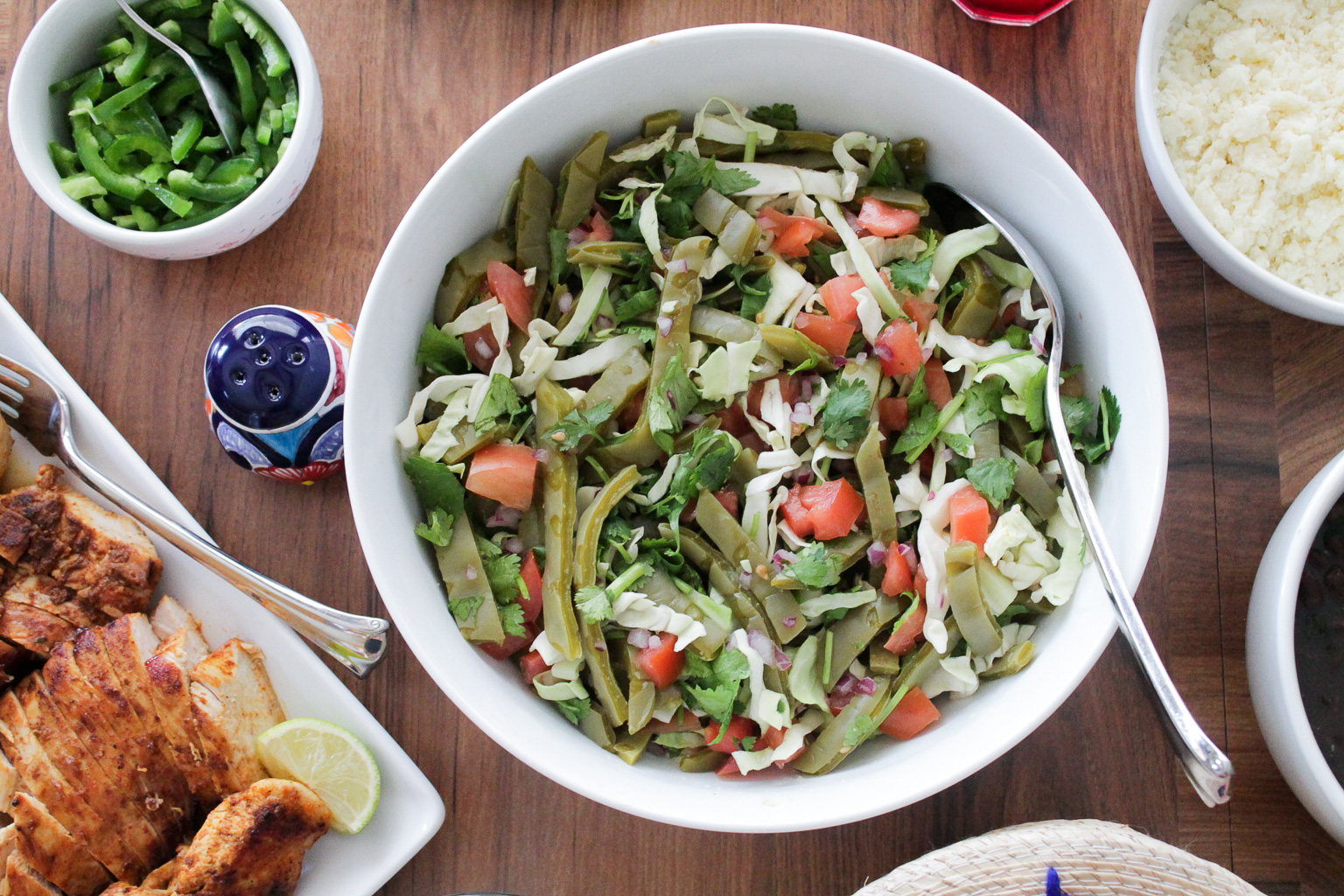
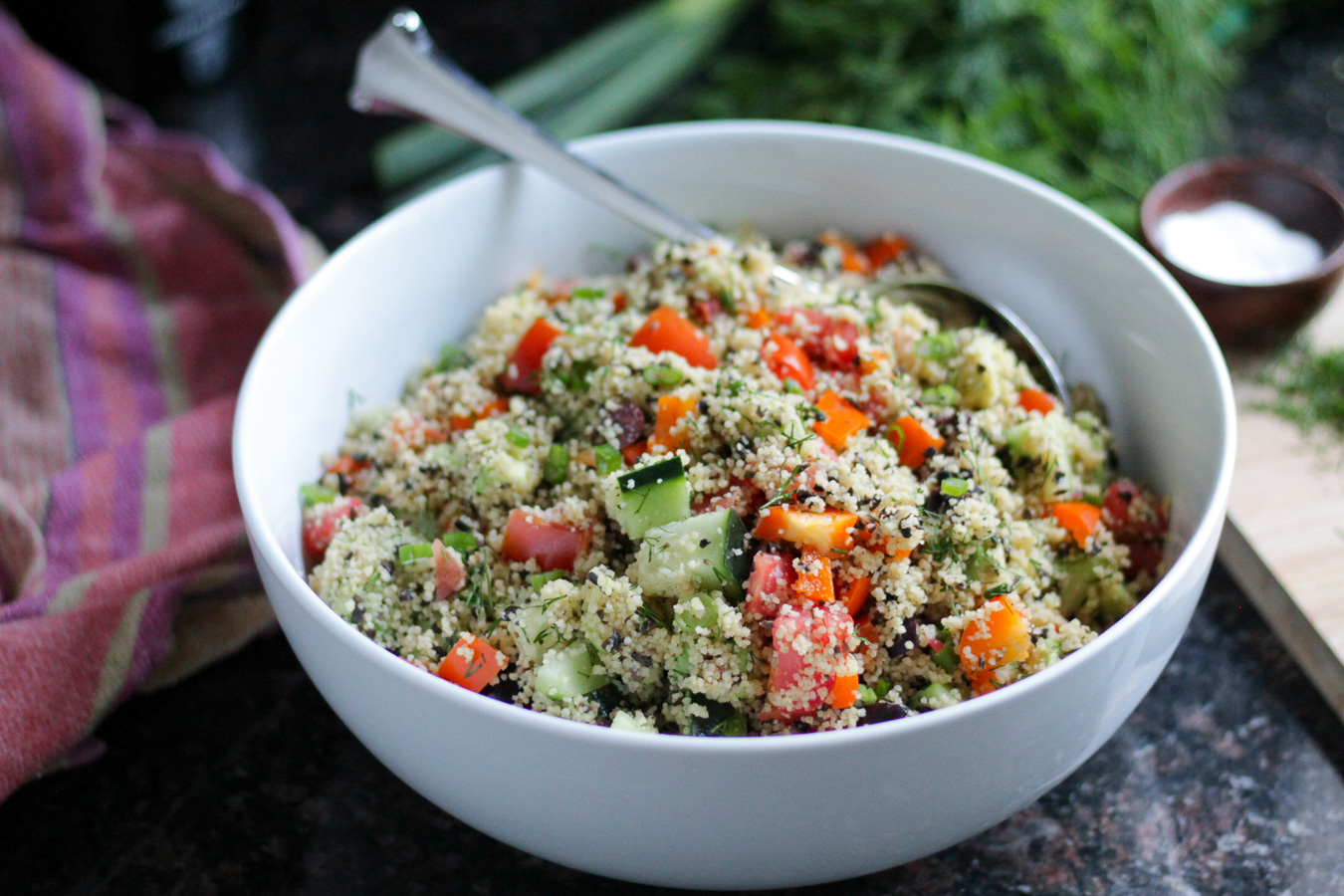
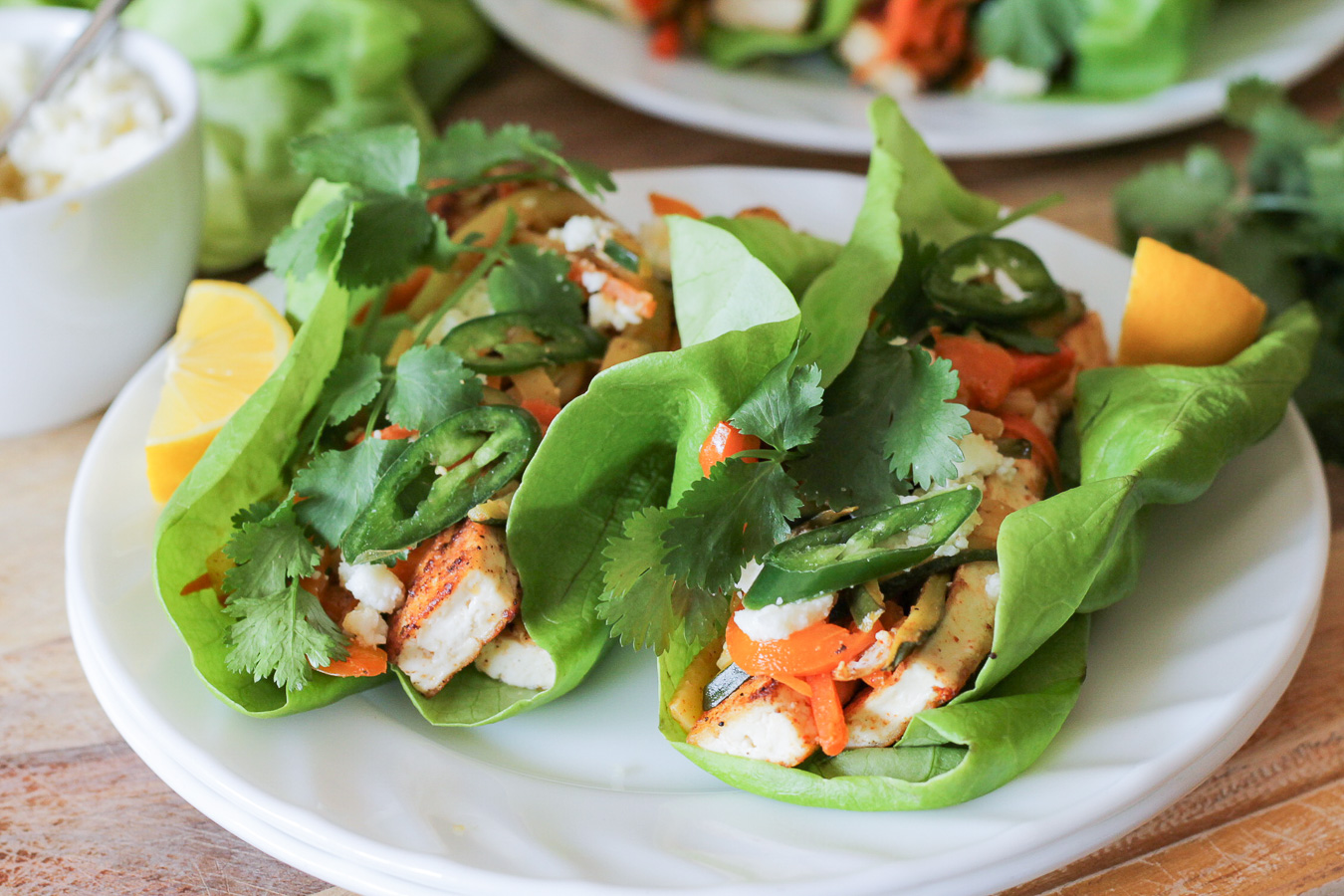
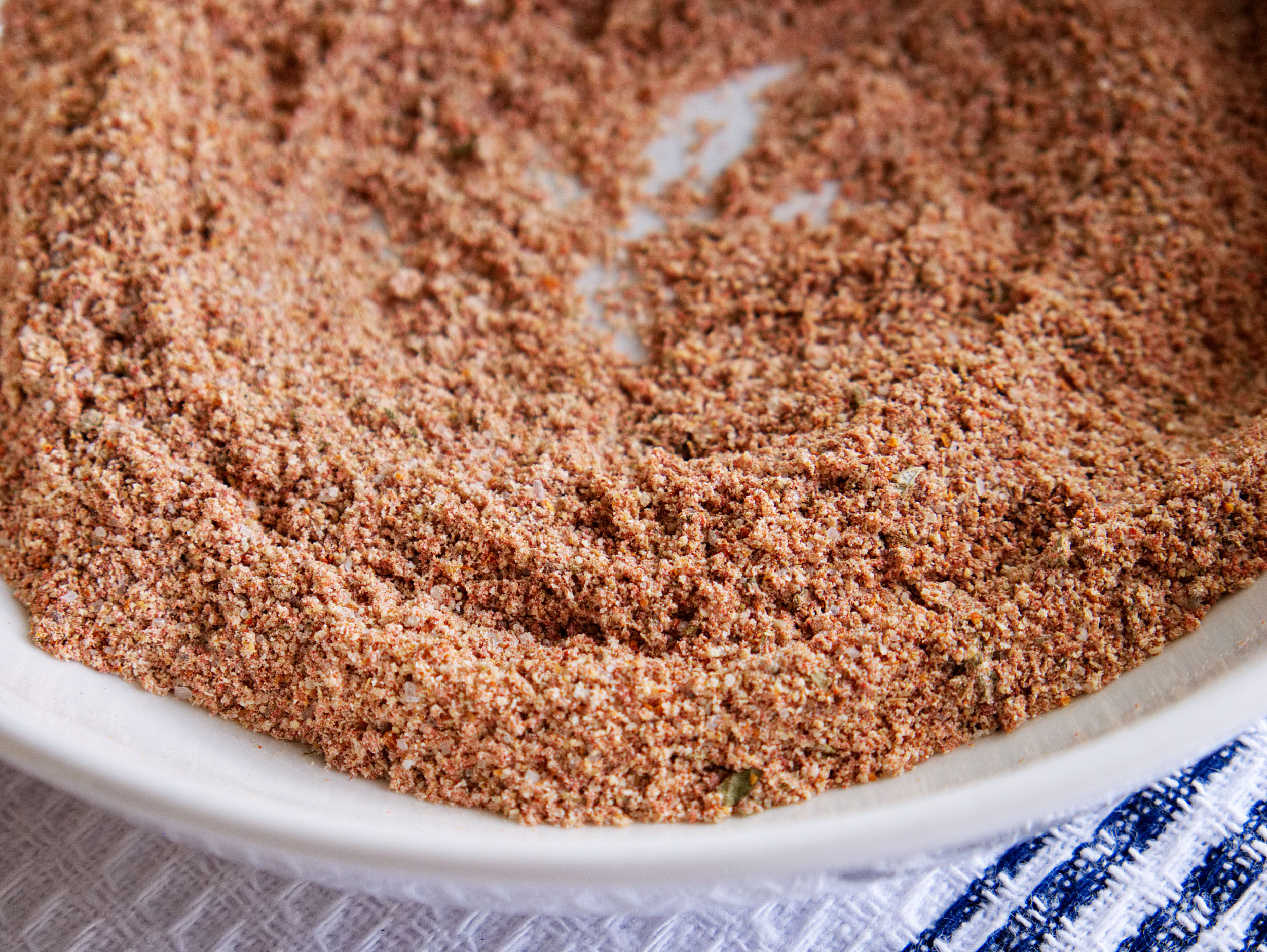
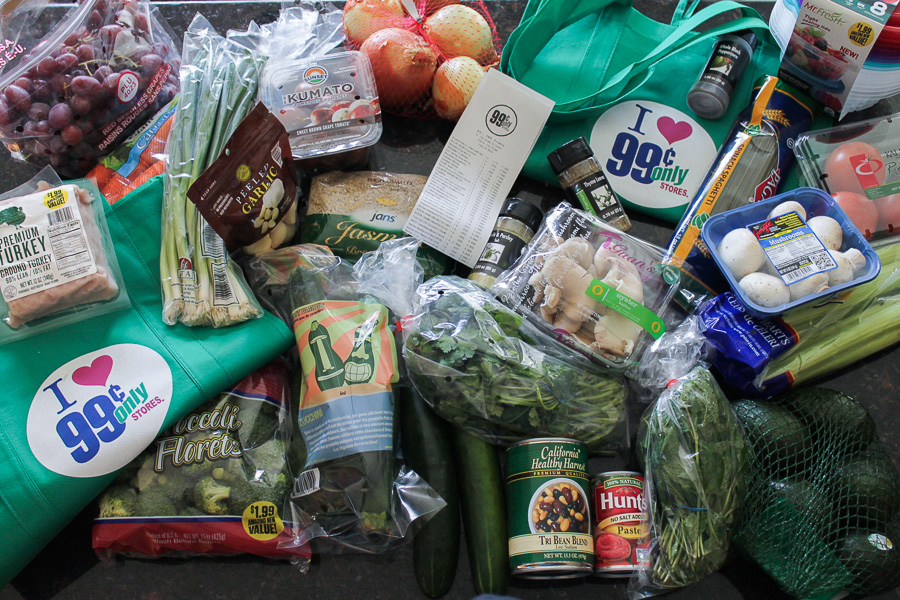
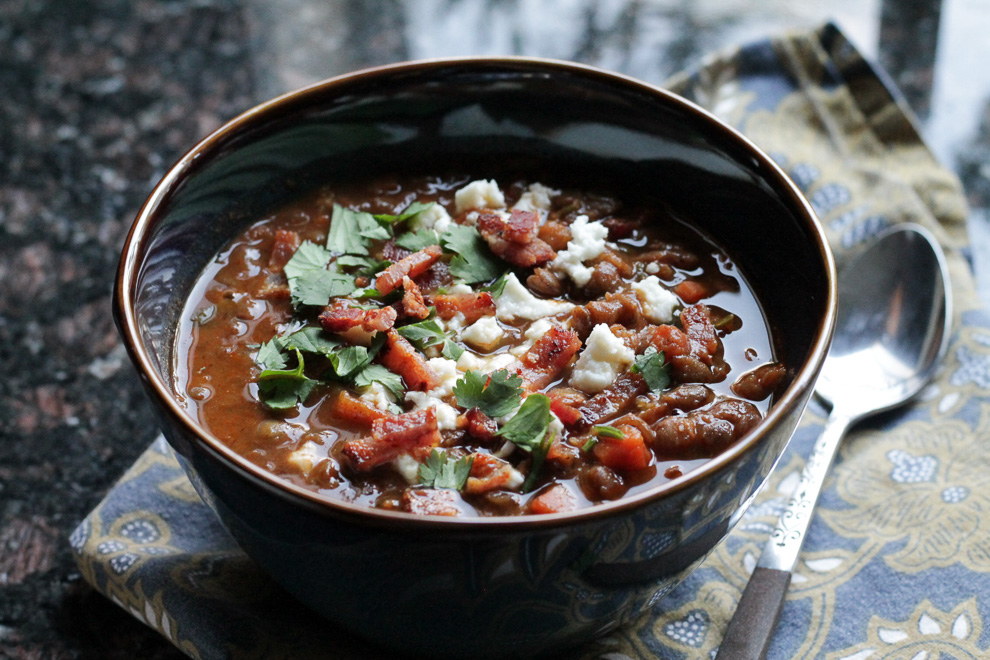
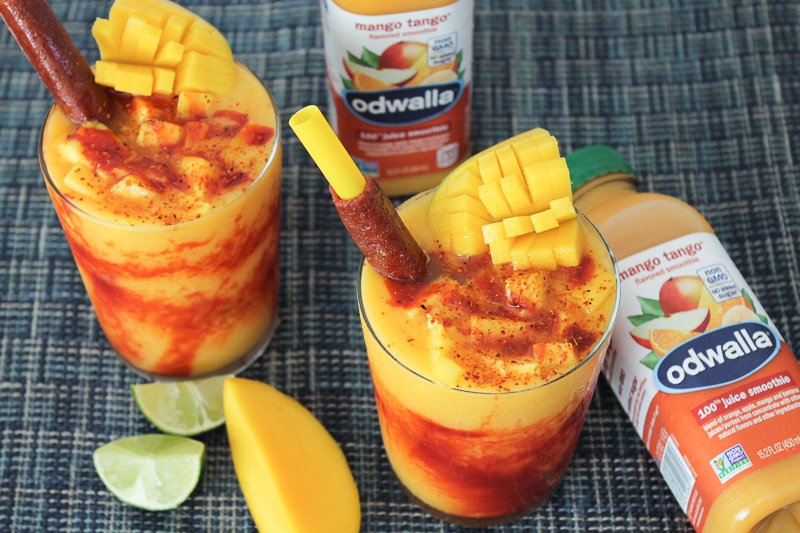
Great ideas! A chili sounds fantastic!
Thanks! Doesn’t it?!